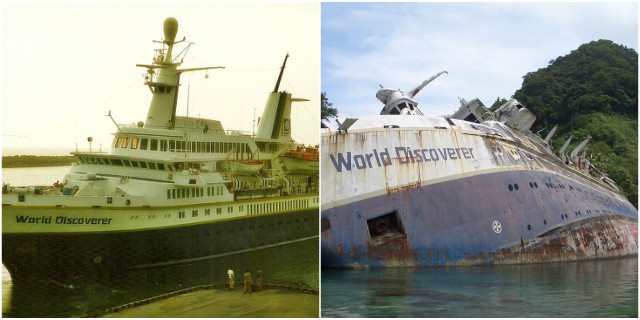Since 2000, an eerie and impressive half-sunken ship has been abandoned in Roderick Bay of the Nggela Islands and has become a popular stopping point for travelers in recent years.
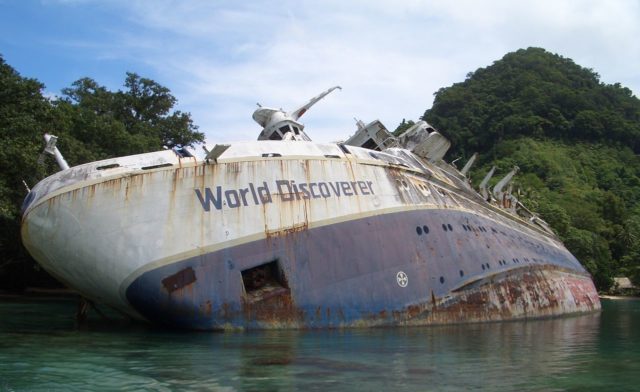
The ship is called the MS World Discoverer and was built by German shipbuilding company Schichau Unterweser, headquartered in Bremerhaven. The ship was originally built as BEWA Discoverer and was sold to BEWA Cruises of Denmark in 1974.
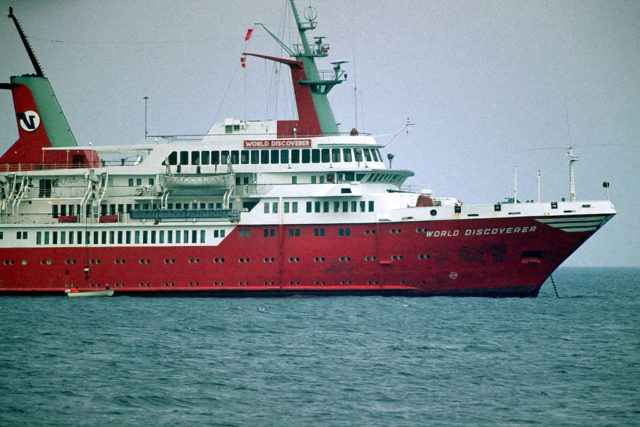
The MS World Discoverer has had many names over the years, all associated with its primary purpose: expedition cruises. Sold to Adventure Cruises two years after its construction, the ship was renamed World Discoverer and became a long-term charter to Society Expeditions. However, Society Expeditions gained a new owner who renamed the company Society Expedition Cruises, situated in Seattle and Germany.
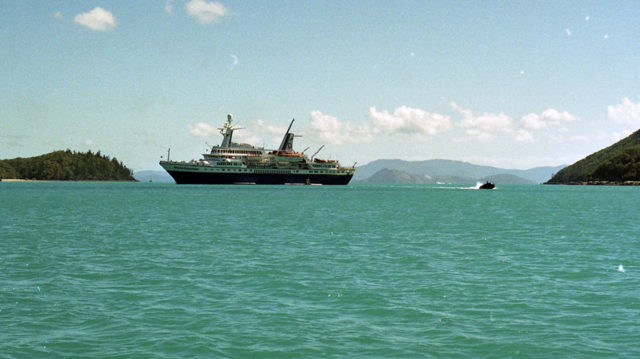
Although he changed the name of the company, the new owner wanted to keep the name of the German ship and registered the ship in Liberia under the name World Discoverer.
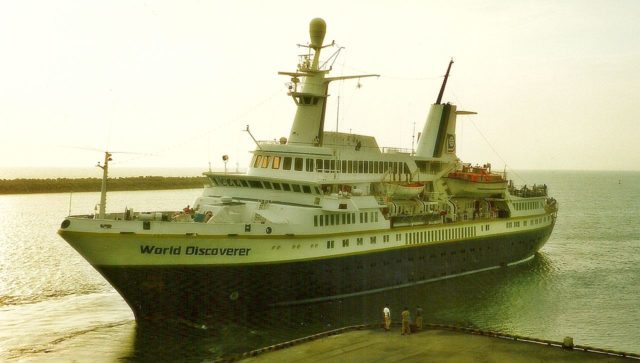
The Discoverer was a well-equipped ship fitted with an observation lounge, library, small fitness center and swimming pool, a medical center, and a lecture hall. Over the years, she visited many different places.
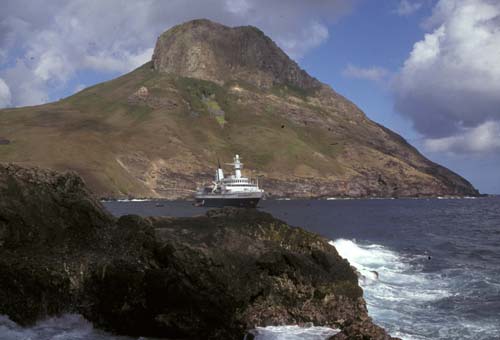
Her cruising grounds included Antarctica, Chile, Argentina, the South Pacific Islands, Alaska, the Russian border around the Bering Sea, and the Falkland Islands – the ship’s rich history of expedition tours was more than apparent.
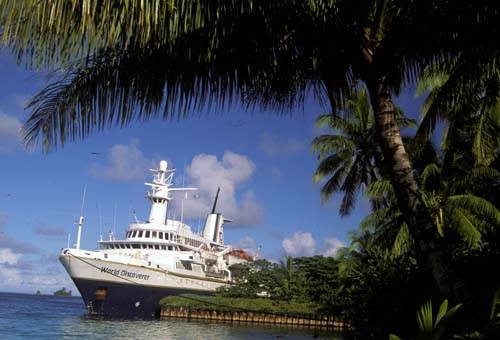
The Discoverer had a cruising range of 8,100 miles allowing the ship to travel the Northwest Passage, led by captain Oliver Kruess with a small team of experienced expedition leaders to answer tourists’ questions about the region, the ice floes, their movements, and the ship’s destinations.
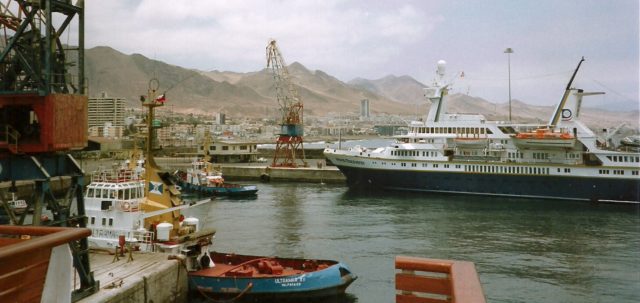
Allowed to land on various shorelines and observe the area and its wildlife, passengers took two to three shore expeditions daily led by historians, geologists, marine biologists, and naturalists.
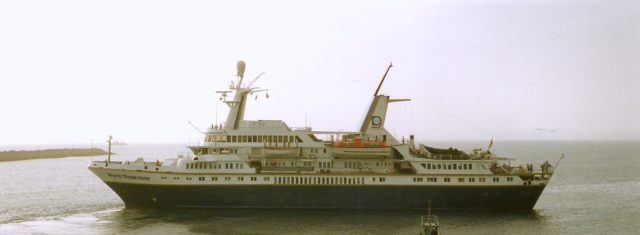
World Discoverer was a home to many diverse expedition groups until misfortune ended its seafaring career for good. The shipwreck that brought an end to her expeditions occurred on April 30th, 2000, in Roderick Bay, after the ship struck a rock on a reef in the Sandfly Passage. While everyone on board was safely evacuated, the captain of the ship had no other choice than to leave his beloved vessel to sink.
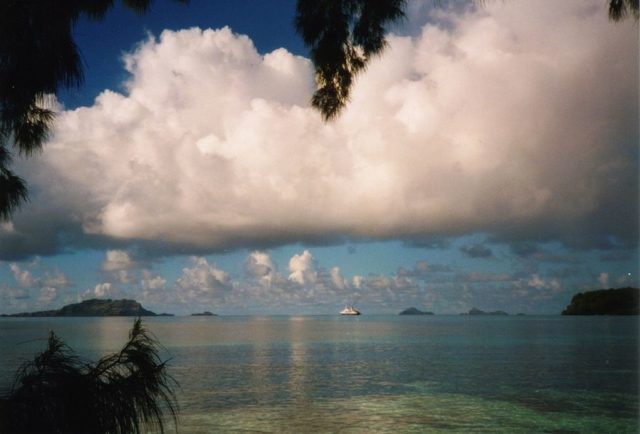
After an underwater survey of the ship, the World Discoverer was proclaimed a ‘constructive loss’. Four years after the wreck, the Society Expedition was declared bankrupt.
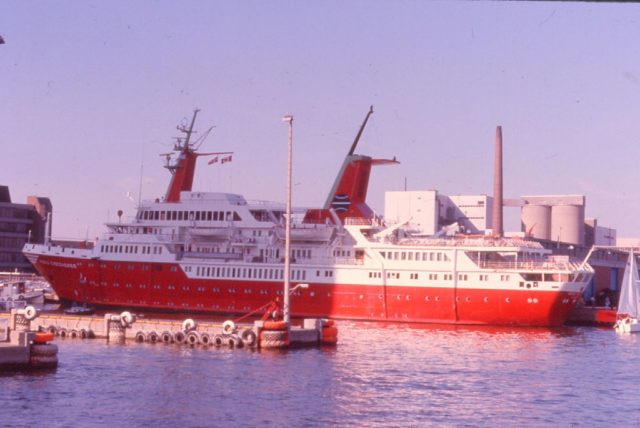
Several salvage companies have attempted to retrieve the ship over the years, but the damage from tidal activity and the equipment removal the World Discoverer suffered during a local civil war made it an untenable proposition. Years after the shipwreck, no pollutant spills, such as oil or petroleum, were reported from the locals.
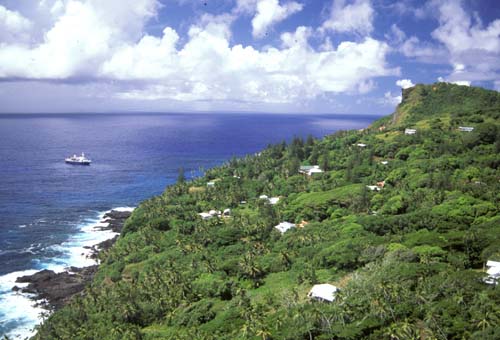
Despite its unfortunate fate, due to the unusual position of the ship, many tourists come to admire the half-sunken beauty. Cruise ship tours pass the ship and allow tourists to take a closer look at the portion of the magnificent vessel visible above the water. It is even possible to see the ship from above with Google Maps’ Satellite view.
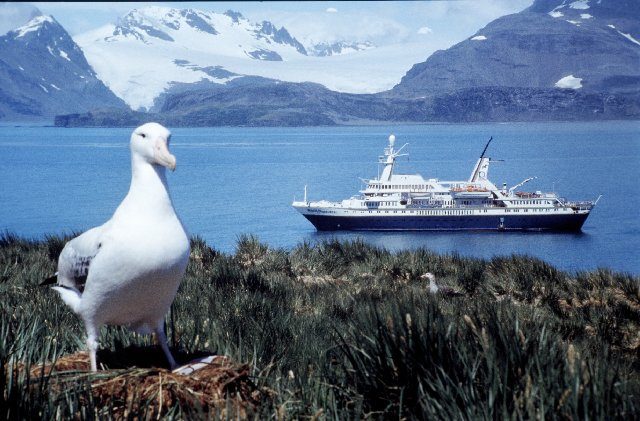
Although what happened to the cruise ship was a great loss, the sight of the half-submerged vessel with its rusting and decaying surface is really quite impressive.
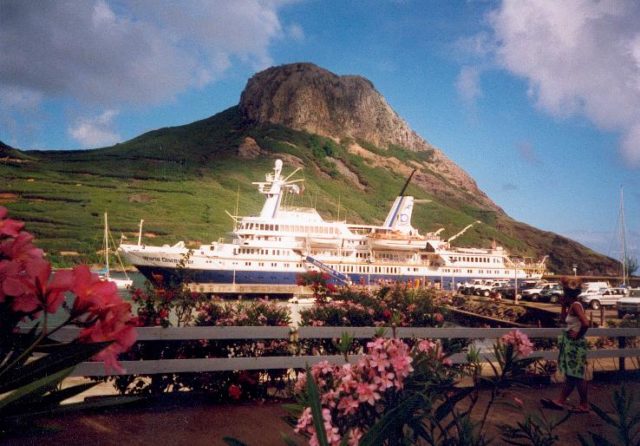
Abandoned since 2000, the ship is slowly rusting away while people admire its former splendor and wait for it to finally slip away to the bottom of the ocean.
